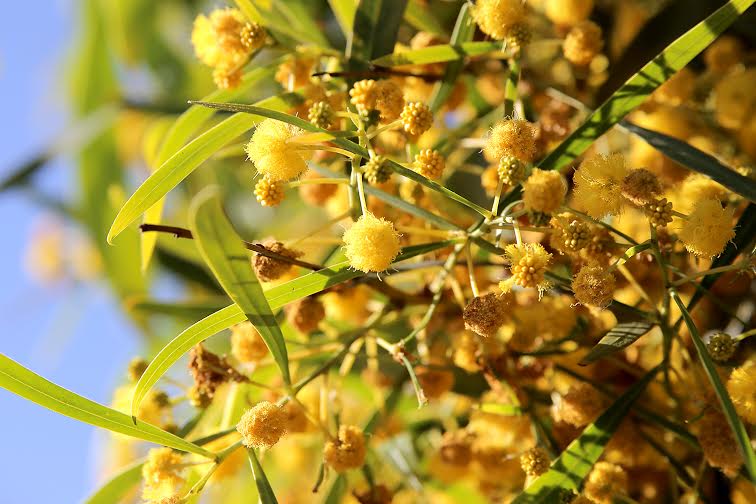 They are beautiful, but they drown out all other plants. Therefore, acacia, originating in Australia, is considered an invasive plant and, as such, must be controlled, so that its presence in the territory does not become an unsolved problem, causing serious environmental and economic damage.
They are beautiful, but they drown out all other plants. Therefore, acacia, originating in Australia, is considered an invasive plant and, as such, must be controlled, so that its presence in the territory does not become an unsolved problem, causing serious environmental and economic damage.
The Center for Functional Ecology of the Department of Life Sciences of the University of Coimbra has an innovative project on the ground, which invites citizens to be “scientists” and collaborate in the mapping of one of the most problematic invasive plant species in the country: the acacia or mimosa.
This is the time of year when acacias begin to flower and, as such, the work team wanted to take advantage of this increased visibility to carry out a survey as exhaustive as possible of the number of these invasive plants in Portugal.
In practice, all people are invited to participate in this project, through a virtual map of sightings, where they can identify the invasive acacia trees they find in their region.
The map can be found on the website www.invasoras.pt, and there is even an Android application created for the purpose, which can be downloaded from the same website.
The objective of this action is to raise awareness of the problem of invasive plants and motivate all citizen-scientists to collaborate in the mapping of invasive plants through the citizen-science platform available online.
All data collected on the platform will be available to anyone interested in using them.
Invasive plants are plants that were brought from other parts of the world, adapted to our territory and, nowadays, they reproduce and disperse by their own means far from the places where they were introduced by man, causing environmental and negative economic effects.
Currently, 667 exotic species are referenced in mainland Portugal, belonging to 124 families, which corresponds to approximately 18% of the native flora. Among the worst invasive plants in Portugal are mimosas and other acacia species.
It doesn't take many acacias to alter an ecosystem. Only one can alter the soils, through invisible interactions, and at a much greater distance than thought.
The species, brought from South Australia and Tasmania to Portugal for ornamental purposes and to fix the soils, has become an uncontrolled threat, as it competes with native plants for resources, namely water, and alters the functioning of the soil.
The Chamber of Olhão, which announced the appeal of the Center for Functional Ecology, urges the citizens of Olhão to participate in the project, a challenge that the Sul Informação extends to all your readers.
In the Natural Park of Costa Vicentina and Southwest Alentejo, the LIFE Ponds project one of its tasks is to start up weeds such as acacias, and some actions have already been taken in this area.


















Comments